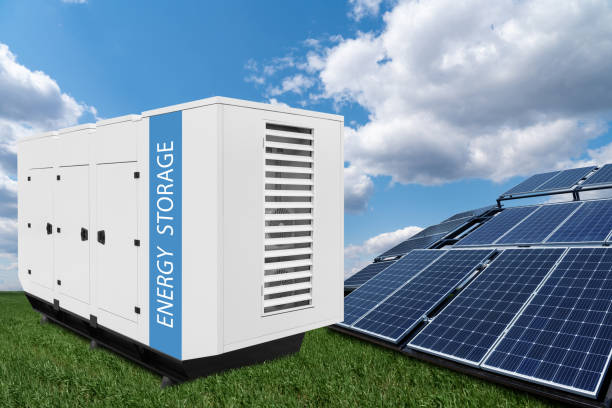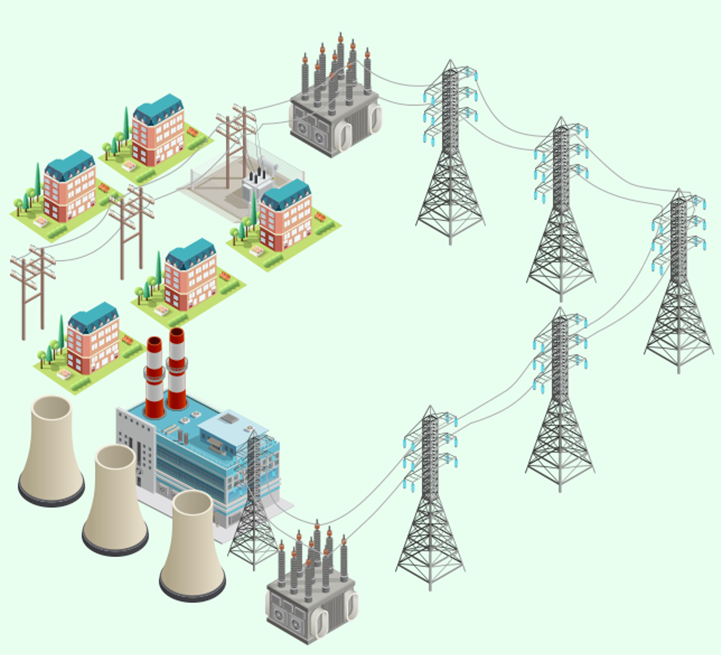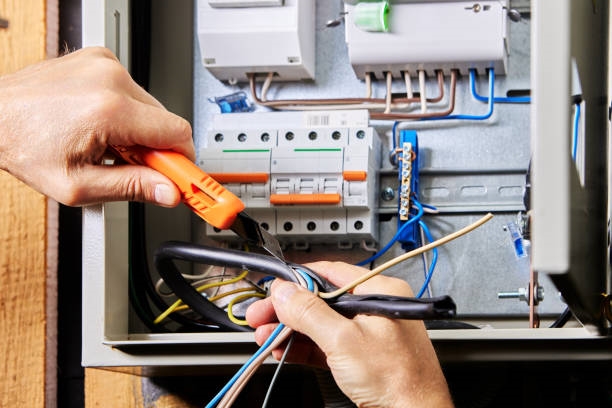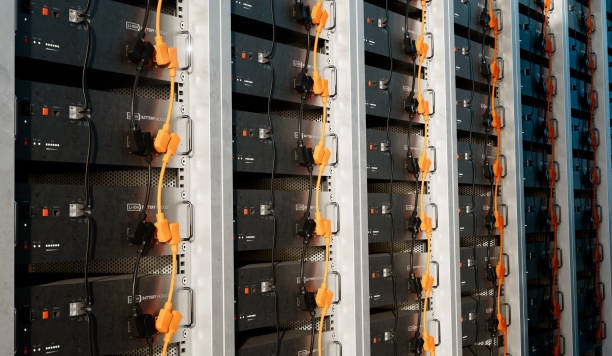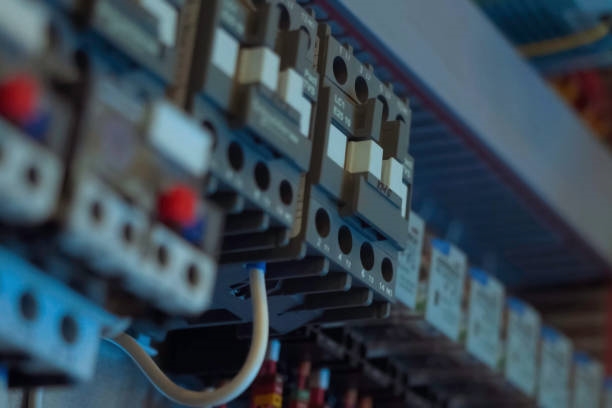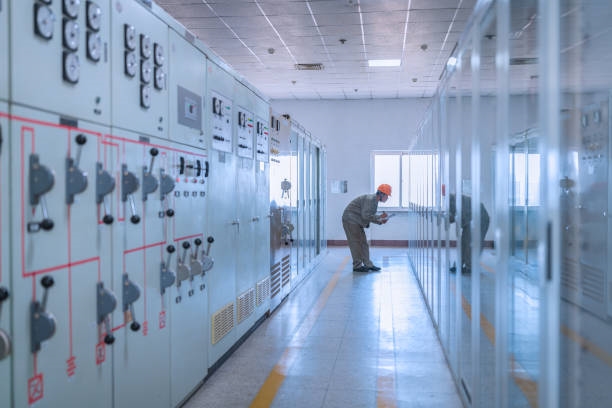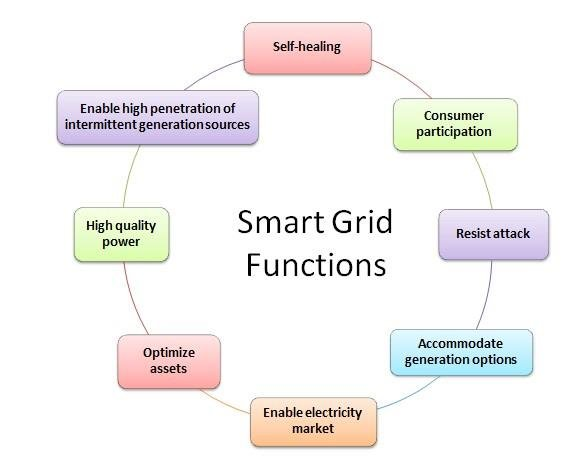01 Residential energy storage systems
Residential energy storage systems often use an integrated, compact design and are intended to be easy to install. They can supply power to homes, public facilities, and small commercial premises. These systems store surplus power from rooftop solar arrays, small home wind turbines, or low-cost grid power. During the day, a residential PV-plus-storage system absorbs solar generation and automatically stores excess energy for nighttime loads. In the event of a grid outage, the system can switch to supply backup power for lighting and household appliances. Batteries in the storage system can be charged during low-demand periods for use during peak demand or outages. Besides emergency backup, residential storage can help level household loads and reduce electricity costs. Functionally, a smart home PV-plus-storage system operates like a small-scale energy station with reduced dependence on grid supply conditions.
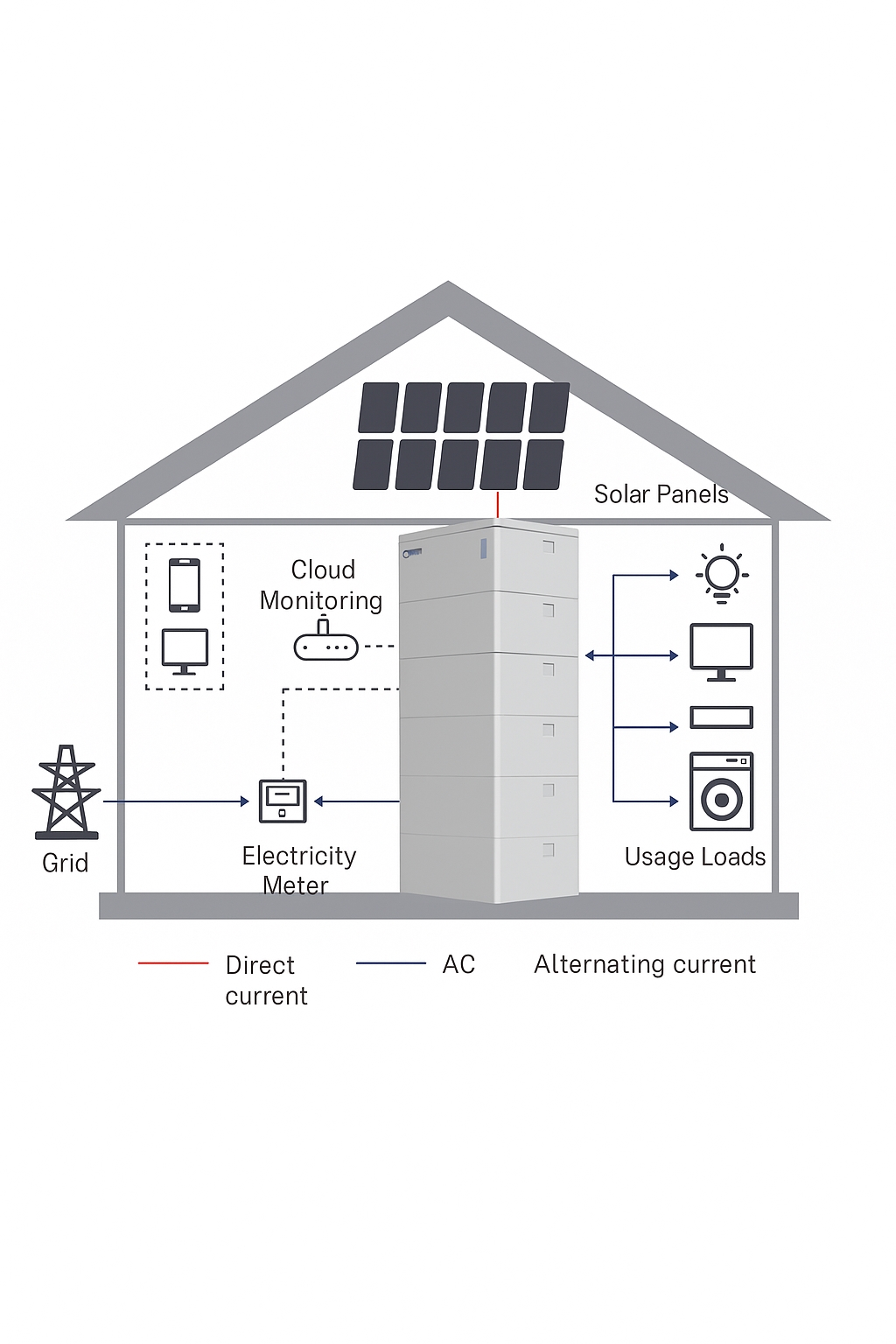
When a meter or current sensor is installed at the grid interconnection point and current flow toward the grid is detected, the inverter maintains its output power while a bidirectional converter stores the excess energy in the battery. When PV output falls or load increases, the stored energy is released.
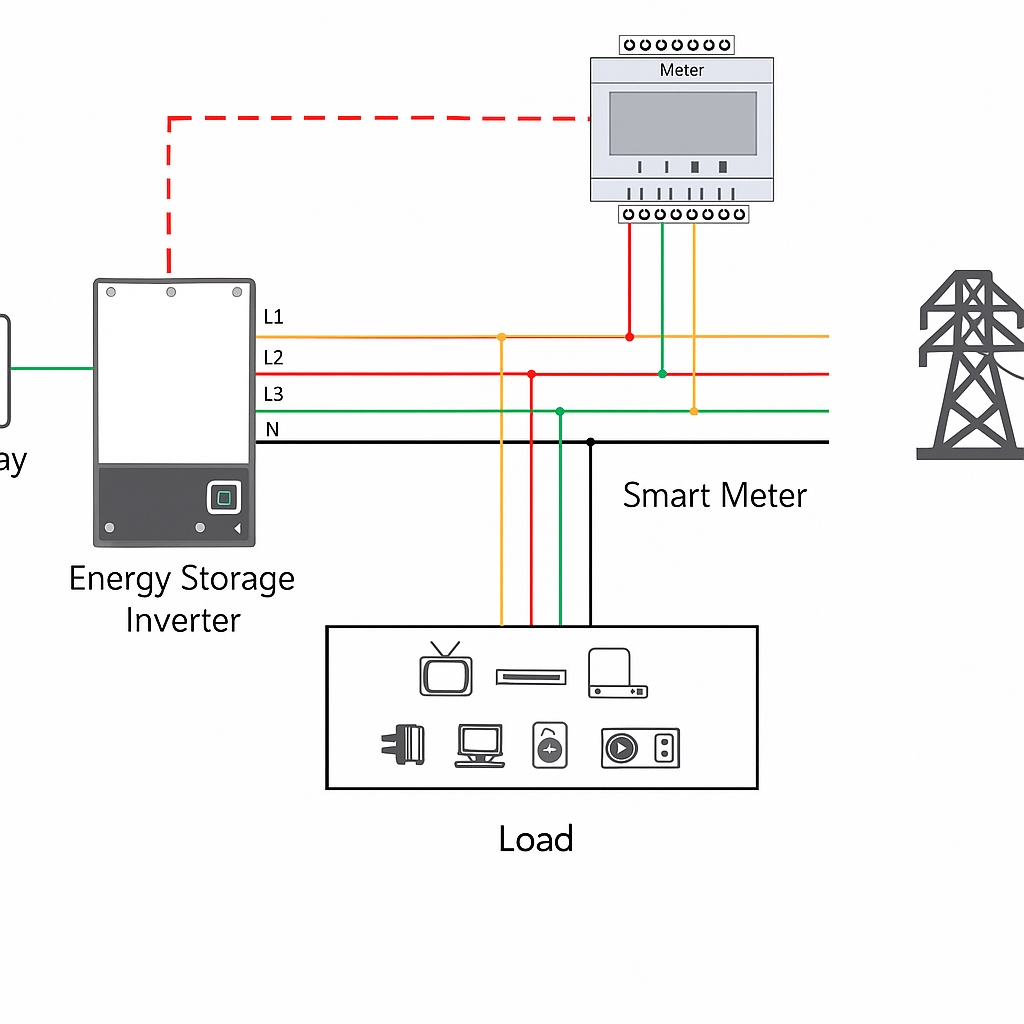
Typical functions and features:
- Sample electrical parameters; the inverter or energy management system (EMS) communicates with the meter to implement anti-reverse-flow control, adjust generation, and manage battery charge/discharge based on real-time power and accumulated energy.
- Standard DIN 35 mm rail mounting for compact size, easy installation, and simple networking.
- Current transformer with mA-level output for improved accuracy.
- Open-type current transformer installation for easier field wiring.
- 100 ms response time for faster reverse-flow detection and to allow additional time for inverter power adjustment.
- Applicable to PV grid-connected systems, microinverter systems, storage systems, AC-coupled systems, and other distributed generation systems.
02 Commercial and industrial energy storage systems
Commercial and industrial (C&I) energy storage refers to storage systems used at industrial or commercial sites. By application, electrochemical storage can be classified as source-side, grid-side, or customer-side. The customer-side category includes both commercial/industrial and residential scenarios. C&I storage systems are typically modular, with flexible voltage and capacity configurations. A typical C&I storage system includes batteries and a battery management system (BMS), a power conversion system (PCS), an energy management system (EMS), and other electrical components.
C&I storage can take multiple forms, including battery energy storage systems, supercapacitor systems, and hydrogen storage systems. These systems convert surplus electricity into stored energy reserves and release it when needed to meet commercial and industrial demand.
When the power system faces sudden demand spikes or supply interruptions, C&I storage can release reserves to balance supply and demand, helping to avoid outages and mitigate voltage or frequency fluctuations that affect commercial operations.
03 Concepts and functions
Energy storage meters: concept and function
An energy storage meter measures the energy input and output of a storage system and records power-quality parameters. Its primary role in grid-connected storage applications is to meter, monitor, manage, and control energy exchange between the storage system and the power grid.
Key capabilities include measuring charge and discharge energy, reporting power-quality metrics such as total harmonic distortion, and providing operational data for system monitoring. Energy storage meters also support control of synchronization speed, frequency, and voltage during grid interconnection to help maintain stable operation. They provide metering and settlement data for energy and power.
Grid-side metering: concept and function
Grid-side metering measures electrical quantities in the power system, including voltage, current, power, and power angle. Its functions include recording energy and power-quality data for billing, grid operation analysis, and energy settlement.
In grid-connected storage applications, grid-side metering data are essential for energy measurement and settlement, ensuring the economic operation and regulatory compliance of the storage system.
Energy storage meters and grid-side metering are both critical components of grid-connected storage applications. They work together to complete metering, monitoring, management, and control tasks and to ensure economic and stable system operation. The energy storage meter is key for energy measurement and settlement, while grid-side metering ensures correct settlement and standardized operation of storage facilities.
04 Example meter models
ADL series DIN-rail multifunction energy meter
The ADL series DIN-rail multifunction energy meter is designed for PV grid-connected systems, microinverter systems, storage systems, and AC-coupled systems. It provides accurate parameter sampling, compact DIN-rail mounting, and fast response suitable for distributed PV energy management. The meter supports bidirectional metering and communicates with the inverter or EMS to implement anti-reverse-flow measures, adjust generation, and manage battery charge/discharge based on real-time power and accumulated energy.
Functions
- Sampling, metering, and monitoring of electrical parameters; communicates with inverter or EMS to implement anti-reverse-flow control, adjust generation, and manage battery charge/discharge based on real-time power and accumulated energy.
- Standard DIN 35 mm rail mounting for compact size, convenient installation, and easy networking.
- Bidirectional metering for residential distributed PV energy management; response time ≤ 100 ms for voltage, current, and power.
- Applicable to PV grid-connected systems, microinverter systems, storage systems, and AC-coupled systems.
Voltage and current wiring diagram
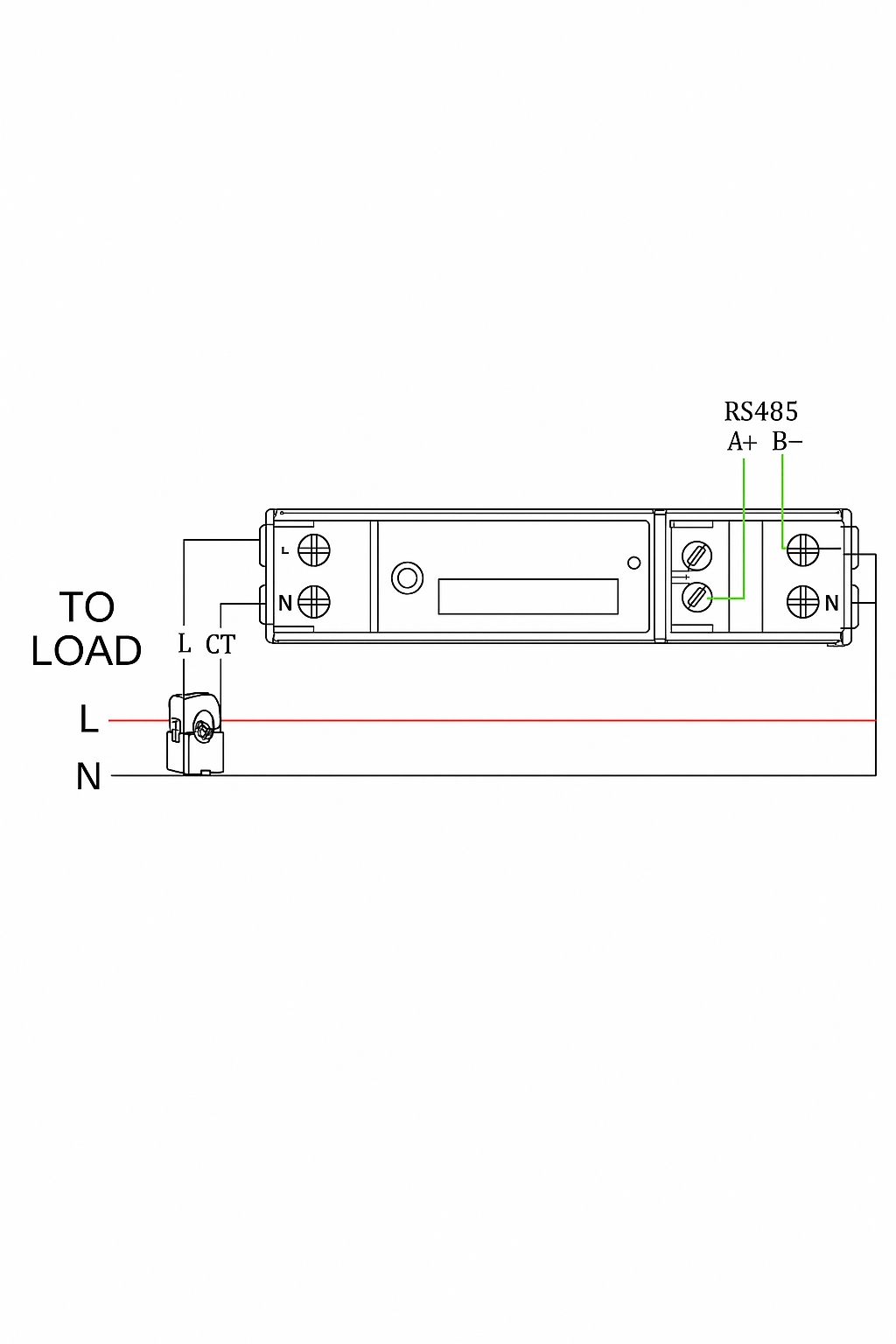
ADL200N-CT
 ALLPCB
ALLPCB


